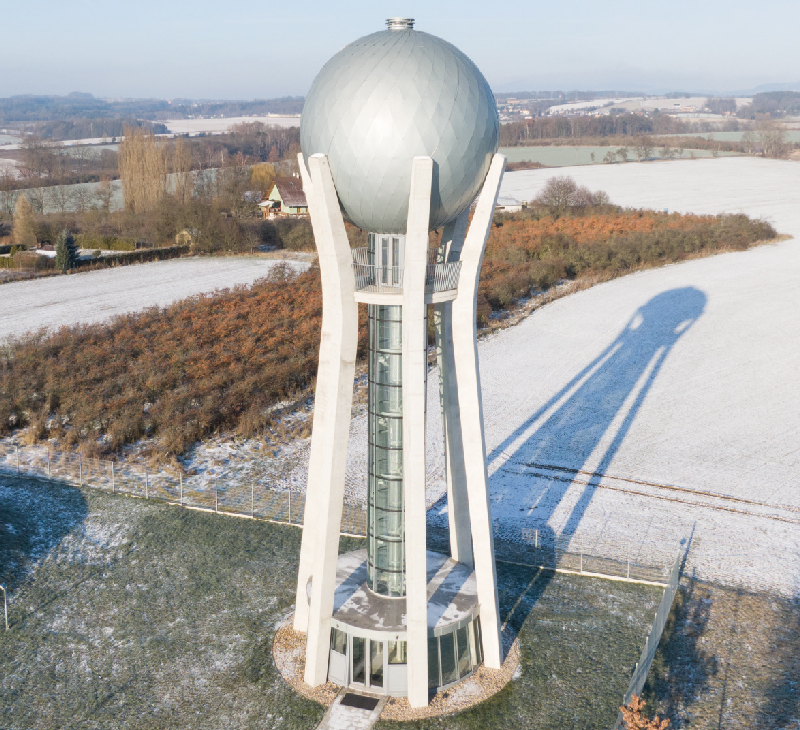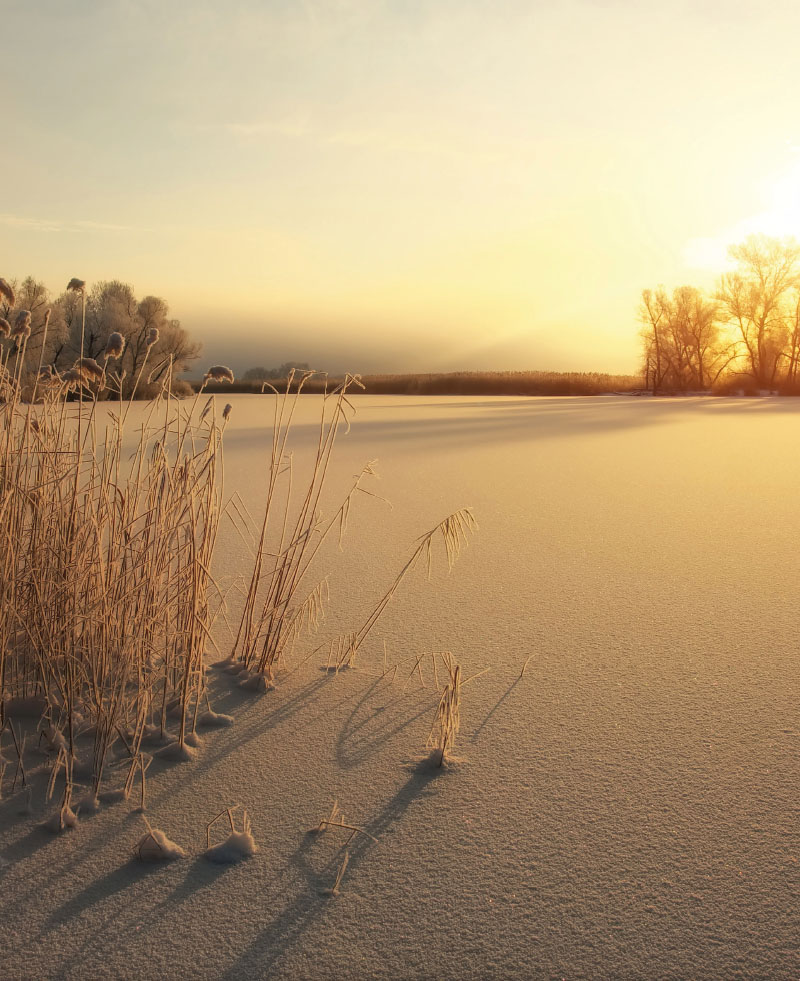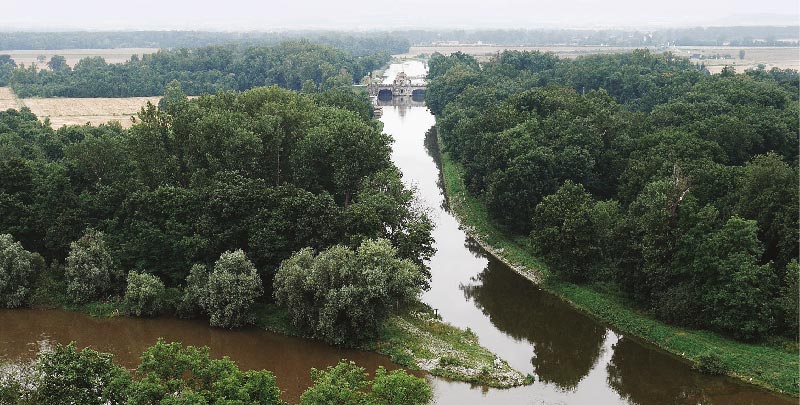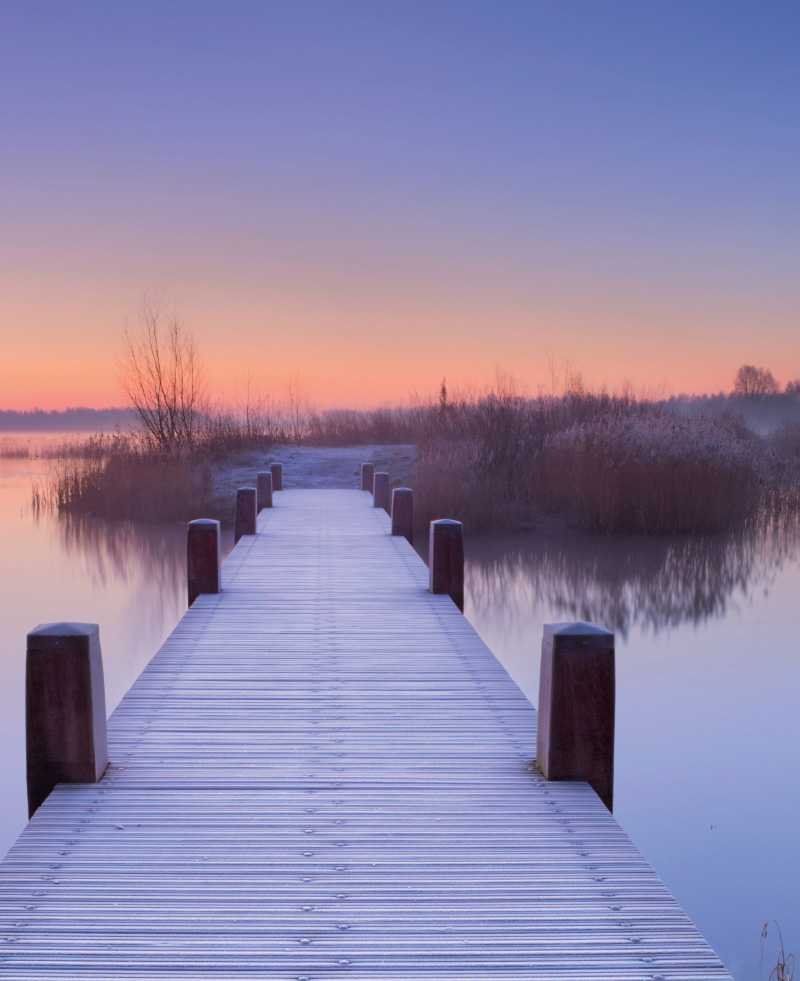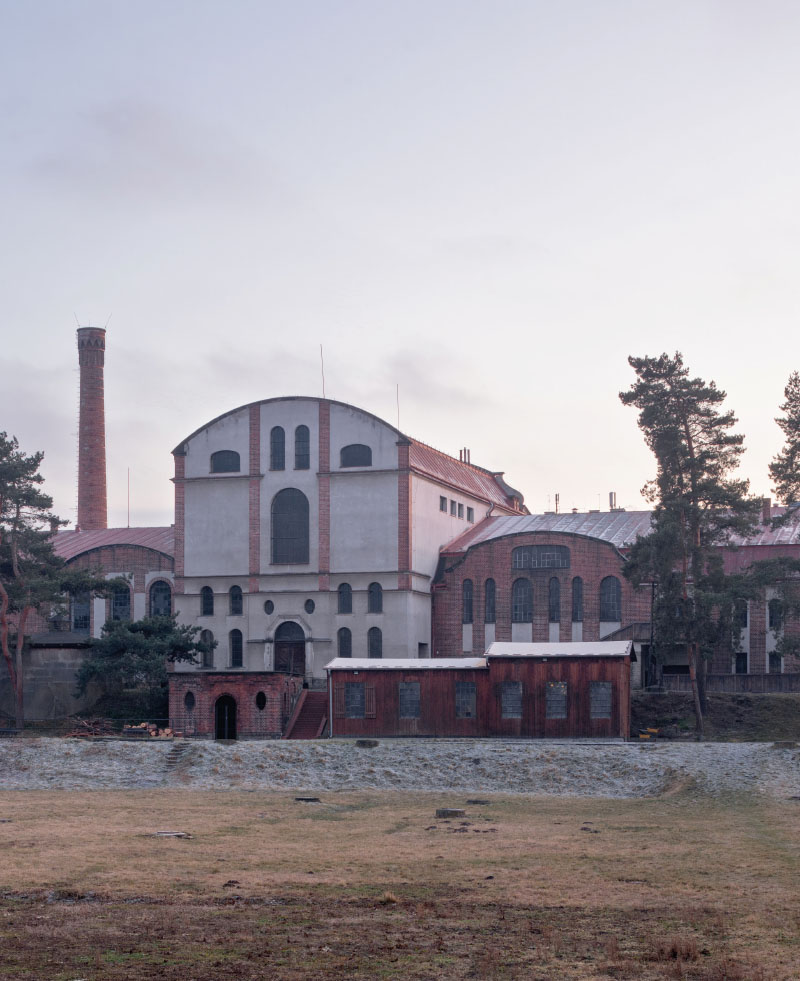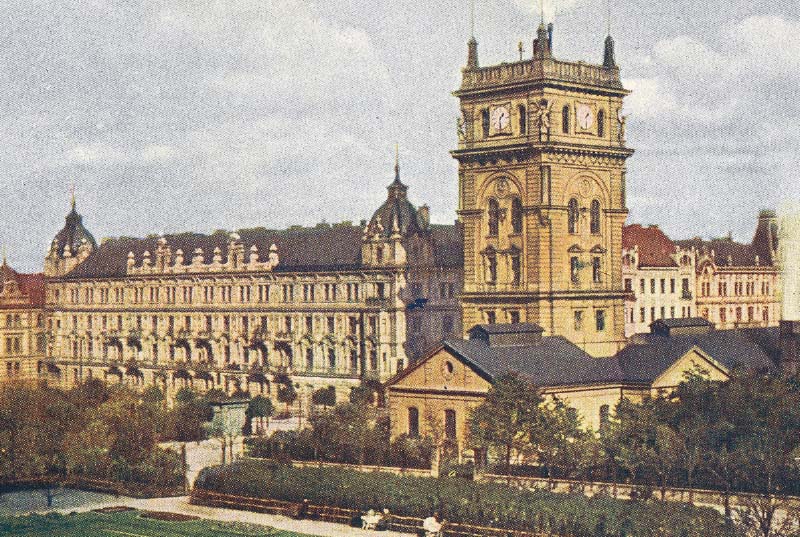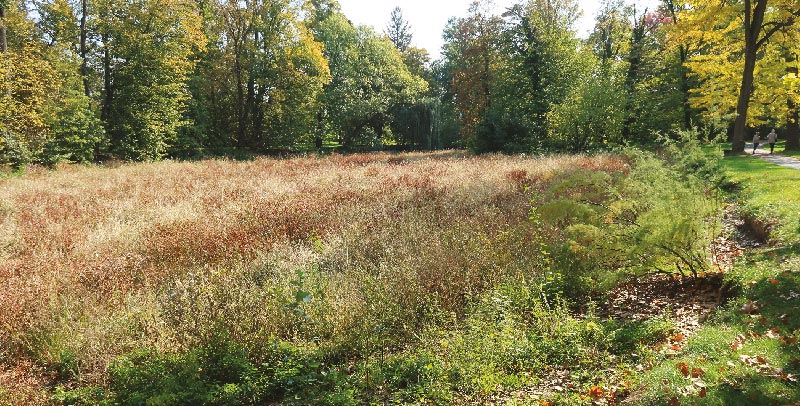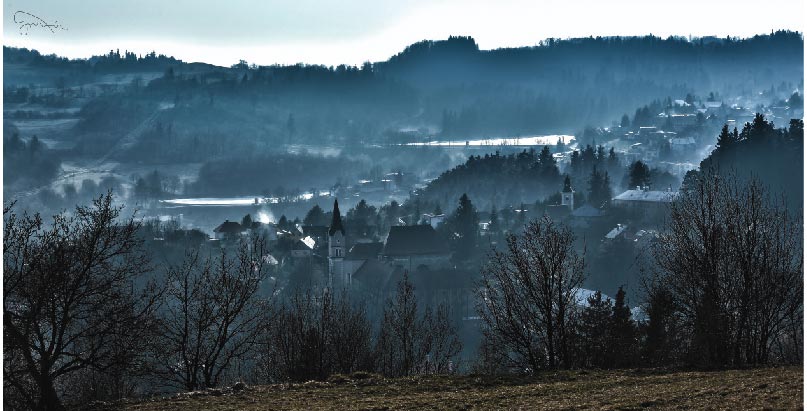Presentation of some of the results of a research project mapping the development of the construction of elevated water tanks in the Czech Republic
This paper presents a summary of some of the results of the research project, “Water towers – identification, documentation, presentation, new utilization”, (DG18P02OVV010), which has been implemented since 2018 as part of the Programme for the Support of applied Research and Development of National and Cultural Identity for 2016–2022 (NAKI II) of the Ministry of Culture of the Czech Republic. In terms of content, it follows on from articles from previous years published in this periodical, but clarifies and supplements the issues of technical terminology and typology established at its inception based on the knowledge gained during the project. Furthermore, it presents general results of the records of the structures of elevated water tanks and focuses on a brief description of the historical development of these structures in our territory.
